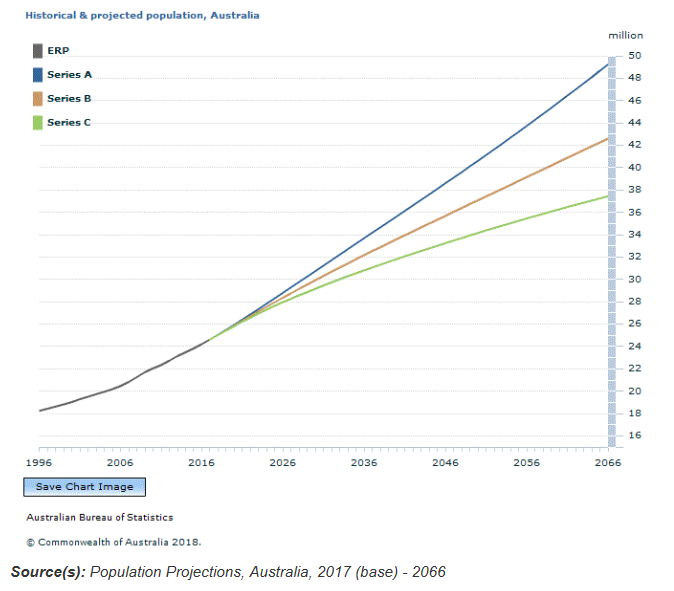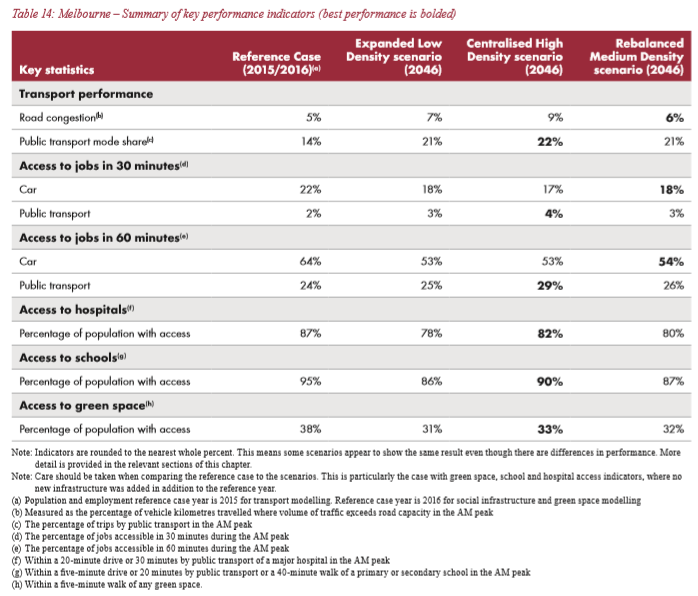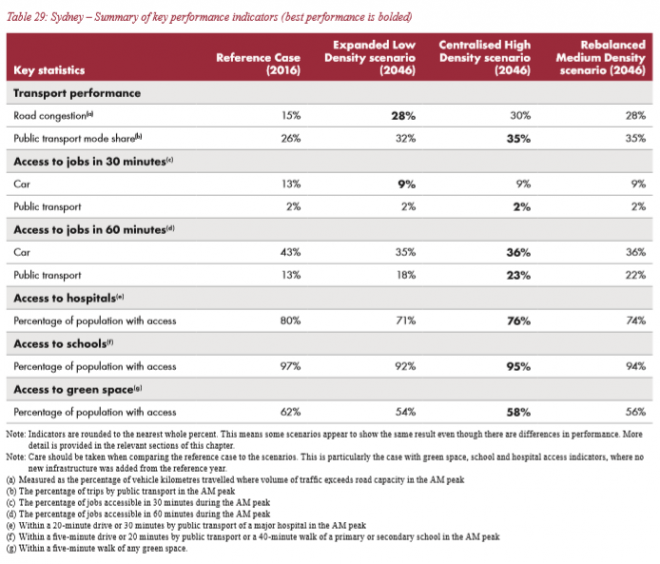Like bees to honey, the Pied Pipers of low cost human imports – Australia’s coalition of business lobbies – have jointly rejected calls to cut Australia’s immigration intake in a new policy paper to be issued on Tuesday. From The Age:
“Australia needs to think about the country it wants to be and our place in the world… We can shrink into ourselves or be bold and outward-looking”…
The ACCI report draws on research by the Productivity Commission and the federal government estimating that economic output per person would be 7 per cent higher in 2060 under continued migration compared to a halt to the intake.
The arrival of skilled foreign workers on temporary visas added $9.7 billion to the federal budget, the report states, citing Treasury and the Department of Home Affairs…
“Political leaders would not suggest that businesses cut back on internal trade or exports because our roads, trains and ports are over-burdened. “What they would do is seek political support for investing in more infrastructure to allow our economy to grow and Australia’s standard of living to rise.”
It’s hardly surprising that the big business lobby supports mass immigration, since they get the double dividend of accessing lower paid foreign workers and a larger customer base, thus boosting their revenues and profits without having to become more efficient.
Meanwhile, the broader community and taxpayers pick up the infrastructure costs and have their living standards eroded.
The business lobby’s claim that Australia will “shrink into ourselves” is laughable, given that even under the ABS’ low growth ‘Series C’ projections, Australia’s population would balloon to over 37 million by 2066:

And while the PC modelling shows a small boost to per capita GDP from mass immigration, this is only transitory and comes entirely from a temporary improvement in the ratio of workers to non-workers, which will reverse once the migrants age. The PC’s modelling also shows that incumbent worker’s wages are reduced from immigration, with the gains going to the owners of capital and the migrants themselves.
GDP is also a very poor measure of community wellbeing. It takes no account of qualitative measures like traffic congestion, environmental degradation, or inequality – a point explicitly acknowledged by the Productivity Commission in its Migrant Intake Australia report:
While the economywide modelling suggests that the Australian economy will benefit from immigration in terms of higher output per person, GDP per person is a weak measure of the overall wellbeing of the Australian community and does not capture how gains would be distributed among the community. Whether a particular rate of immigration will deliver an overall benefit to the existing Australian community will crucially depend on the distribution of the gains and the interrelated social and environmental impacts.
As Infrastructure Australia’s modelling clearly shows, liveability in both Sydney and Melbourne will be unambiguously destroyed as their populations balloon to a projected 7.4 million and 7.3 million people by 2046, let alone to around 10 million each by 2066 as projected by the ABS. That is, traffic congestion will worsen, as will access to jobs, schools, hospitals and green space, irrespective of how these cities are built-out:


In other words: the wellbeing of incumbent and future residents will be destroyed in these two cities through mass immigration, even as their GDP continues to expand.
Nor does the business lobby’s claim that the arrival of skilled foreign workers on temporary visas adds “$9.7 billion to the federal budget” hold any weight. While the federal government collects the tax revenue arising from immigration – via personal and company tax cuts – the states are left picking up the costs via economic and social infrastructure provision. NSW Treasurer, Dominic Perrottet, made this exact point yesterday:
“The reality is, simply adding more people is not a sound economic policy going forward. It’s lazy economics,” the treasurer said.
“With Canberra, they all bear no responsibility when it comes to the rates of immigration. They get the benefit of income tax, but we have to pick up the tab for the infrastructure off the back of it”.
The truth is mass immigration promotes a particular type of economic growth, concentrated in urbanisation and household debt, and associated sectors benefit. This has its limits, as we are already seeing in debt stress everywhere, as it benefits the few in the ‘growth lobby’ over the many.
Importing hundreds of thousands of people each year simply to sell them more goods and services is not a sustainable economic model.
Thankfully, readers commenting on Fairfax’s article understand this and have overwhelming rejected the business lobby’s special pleadings.

